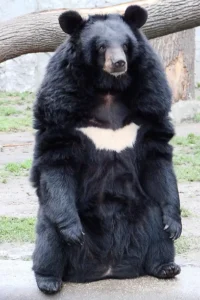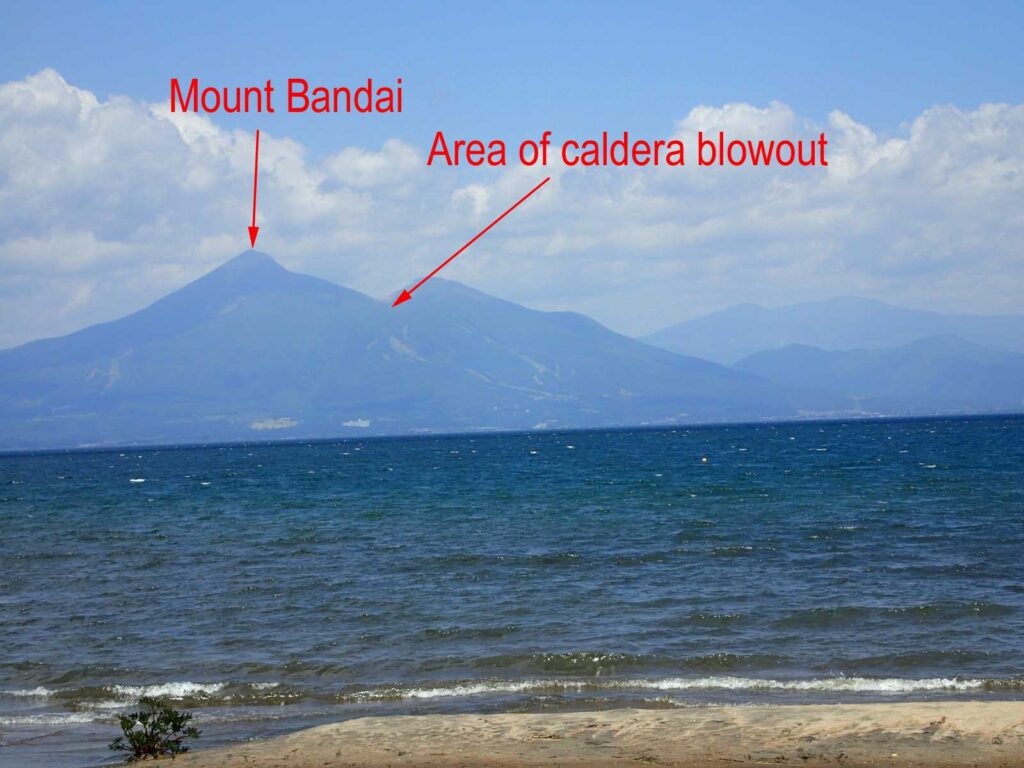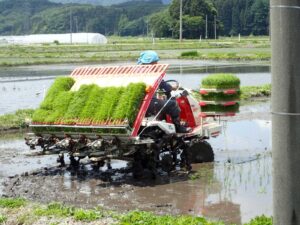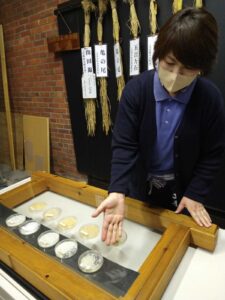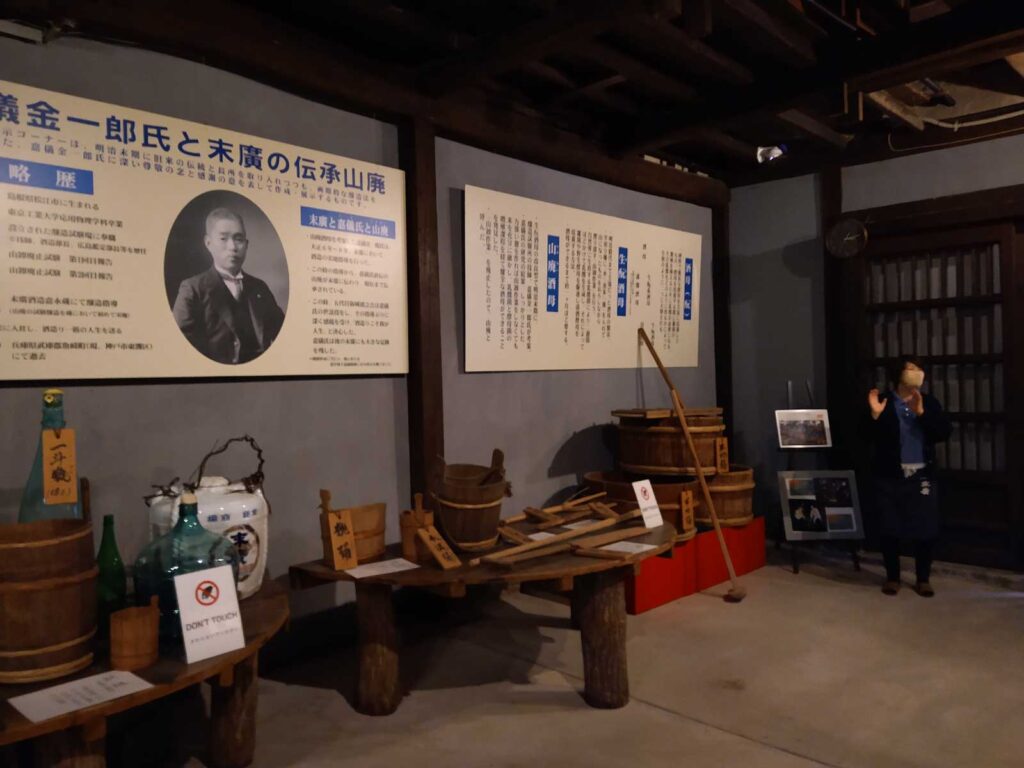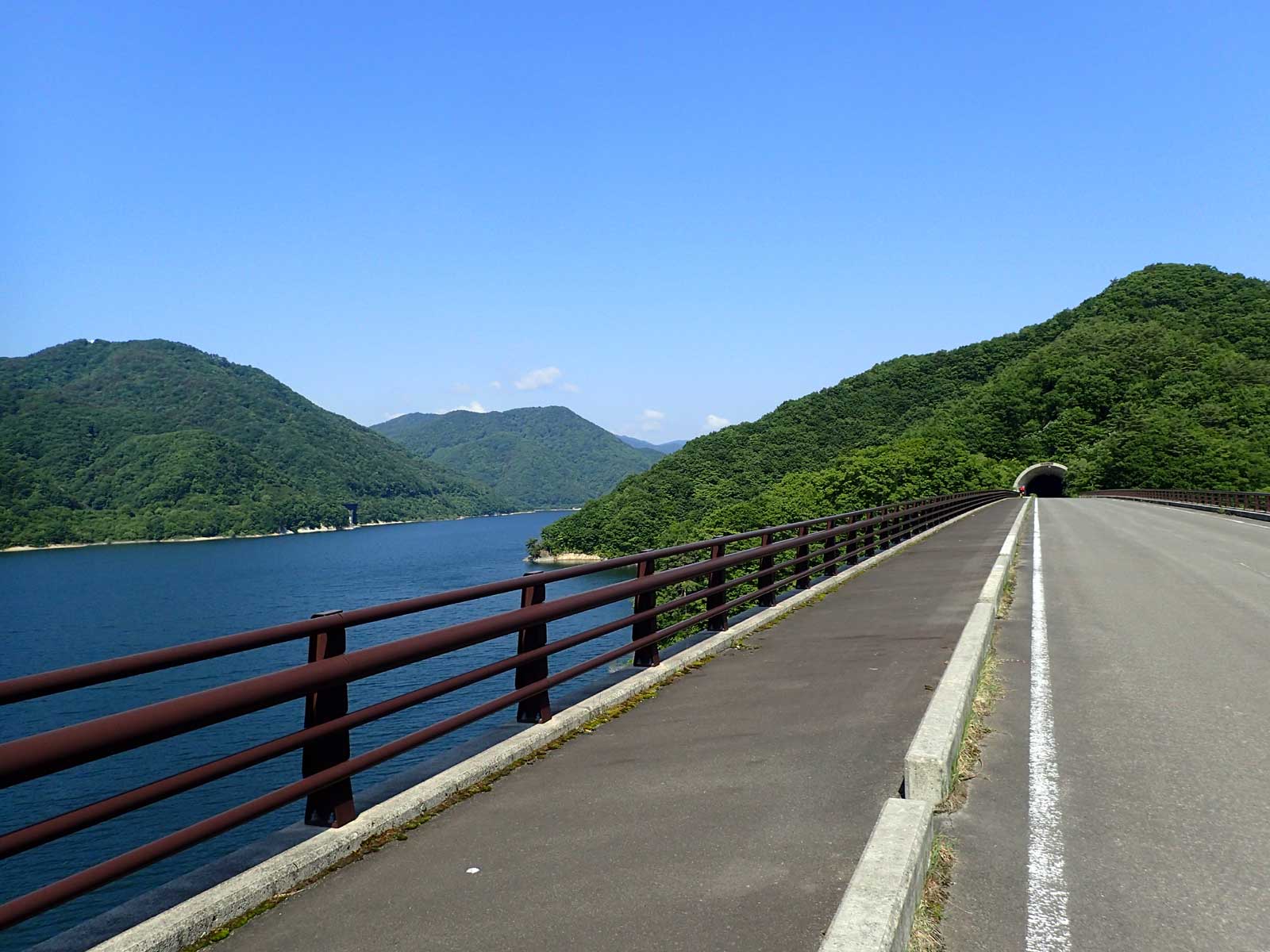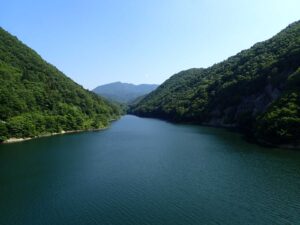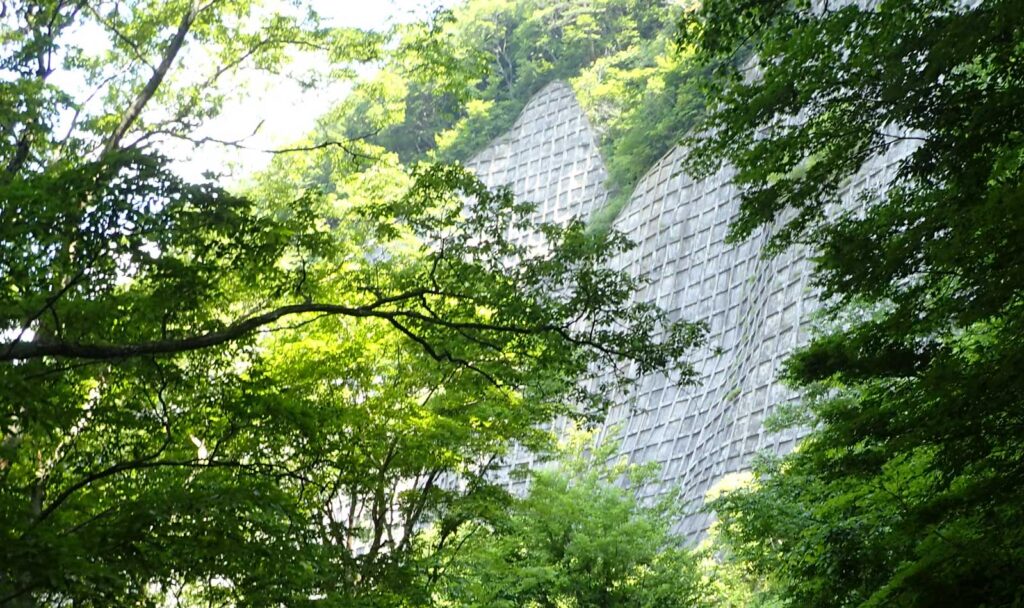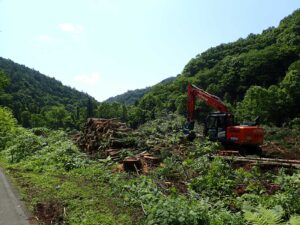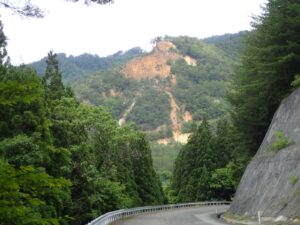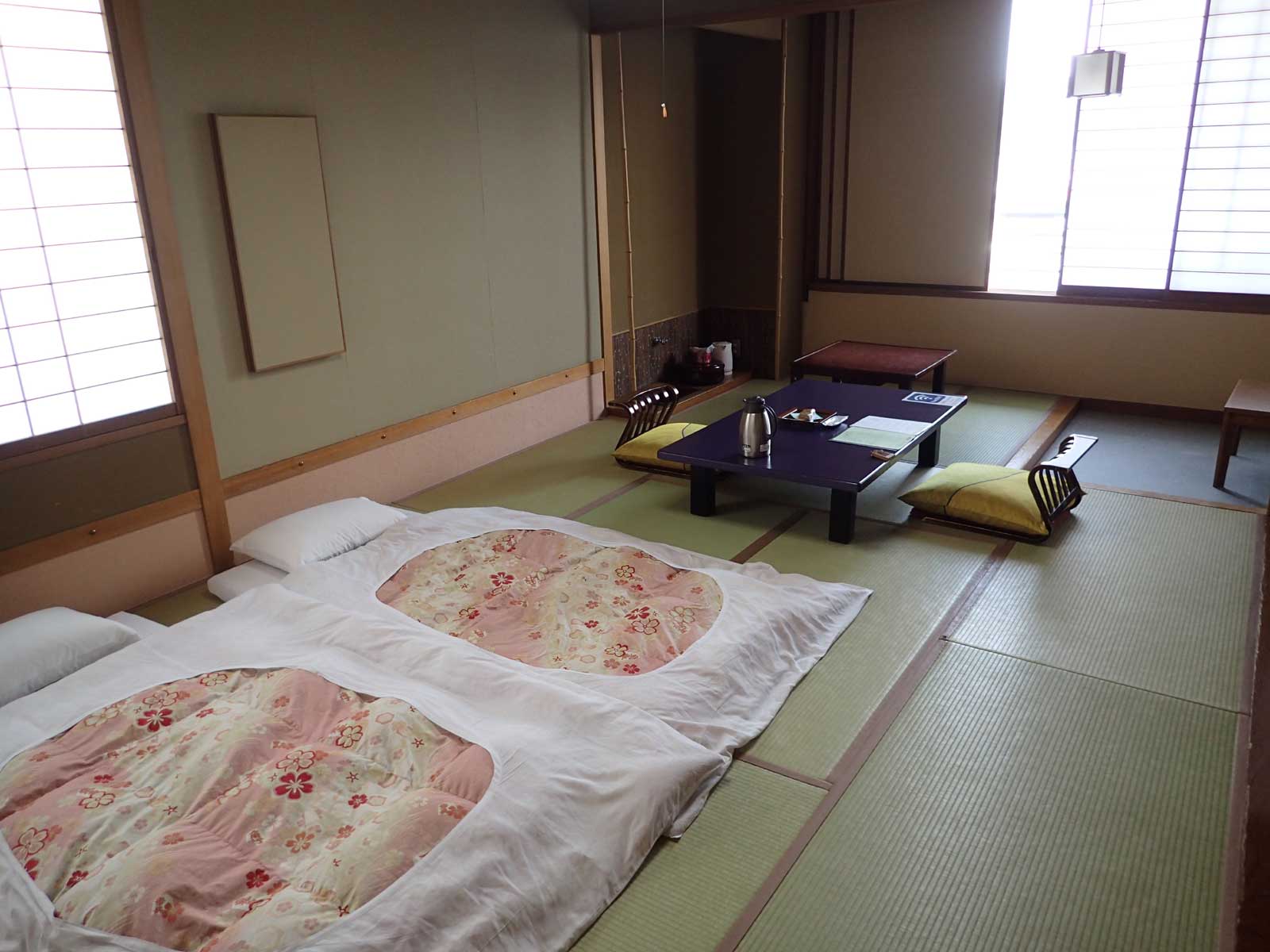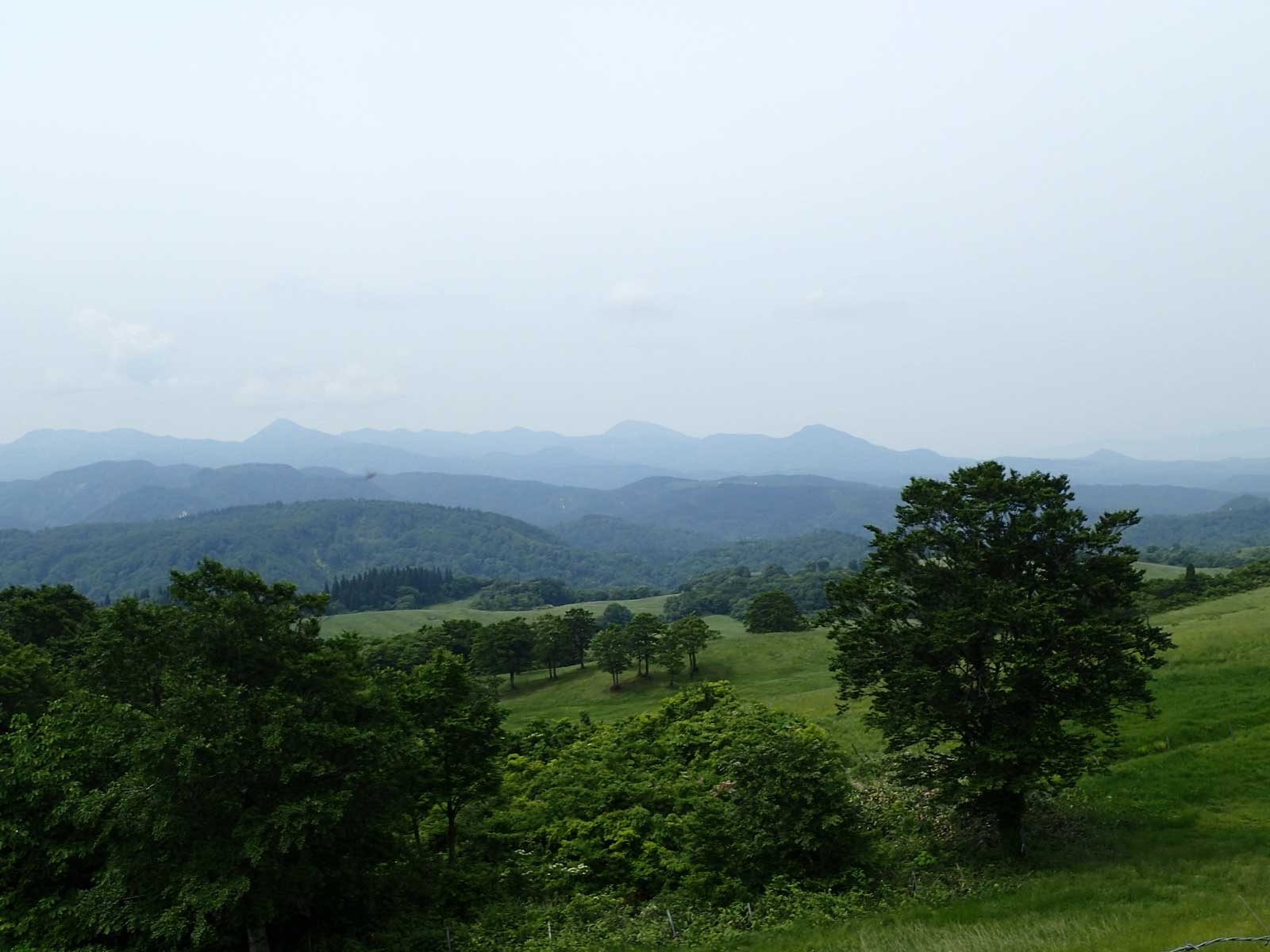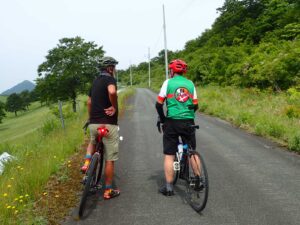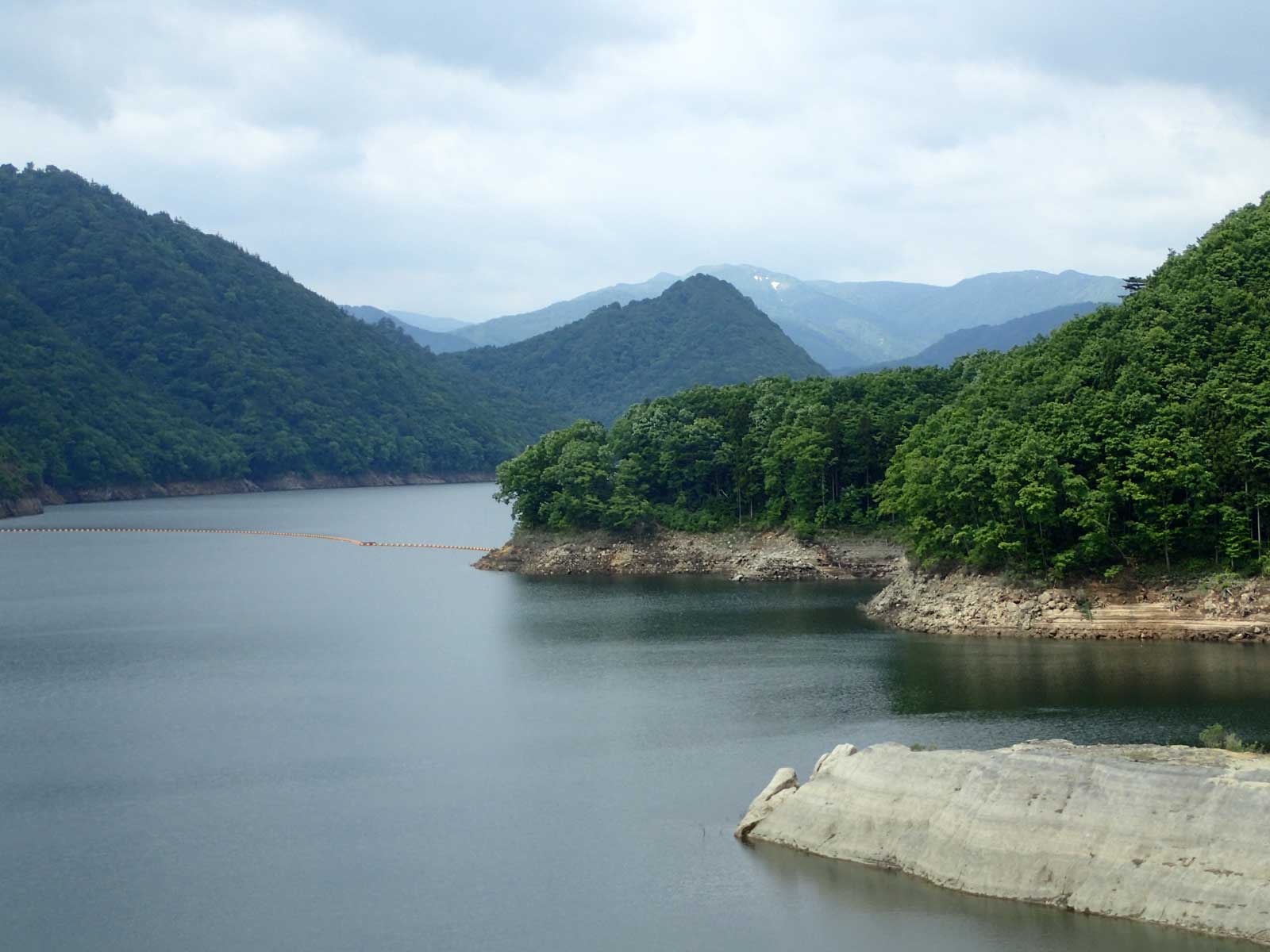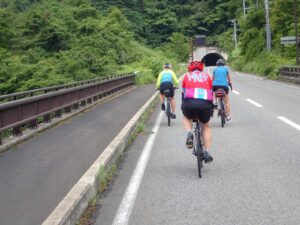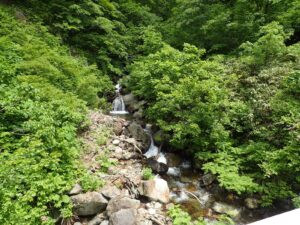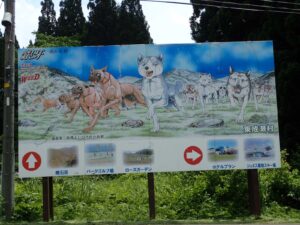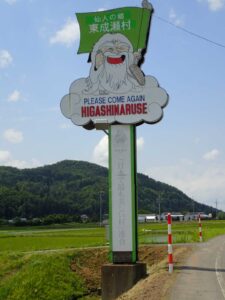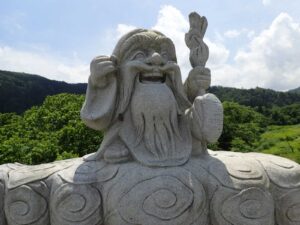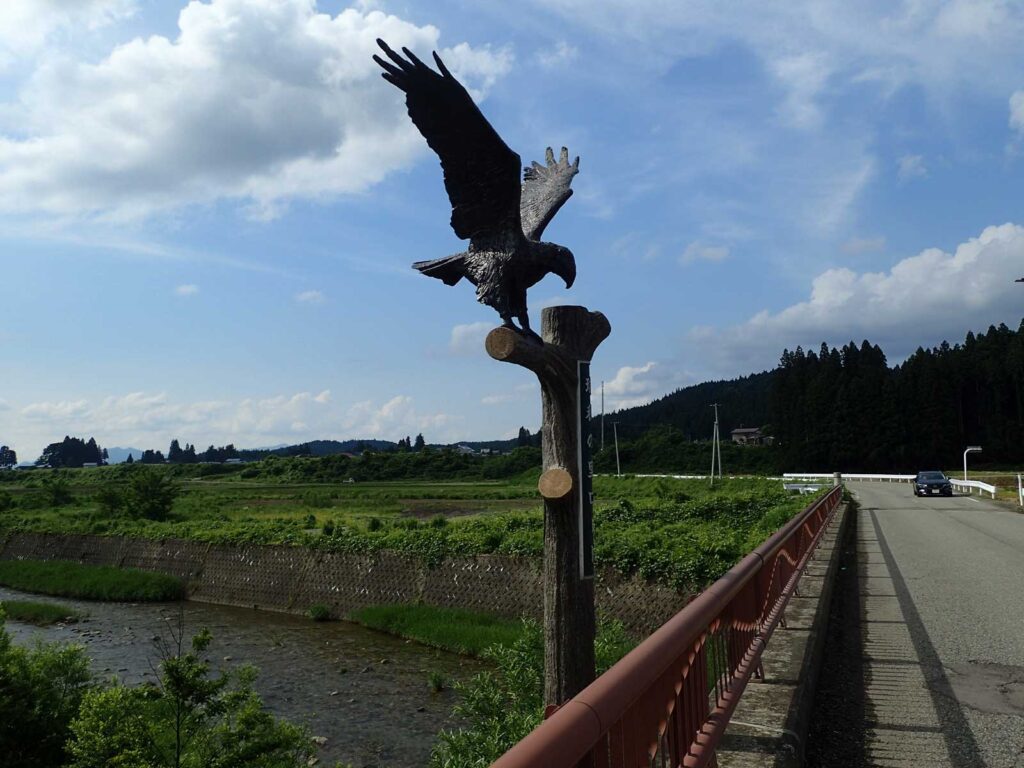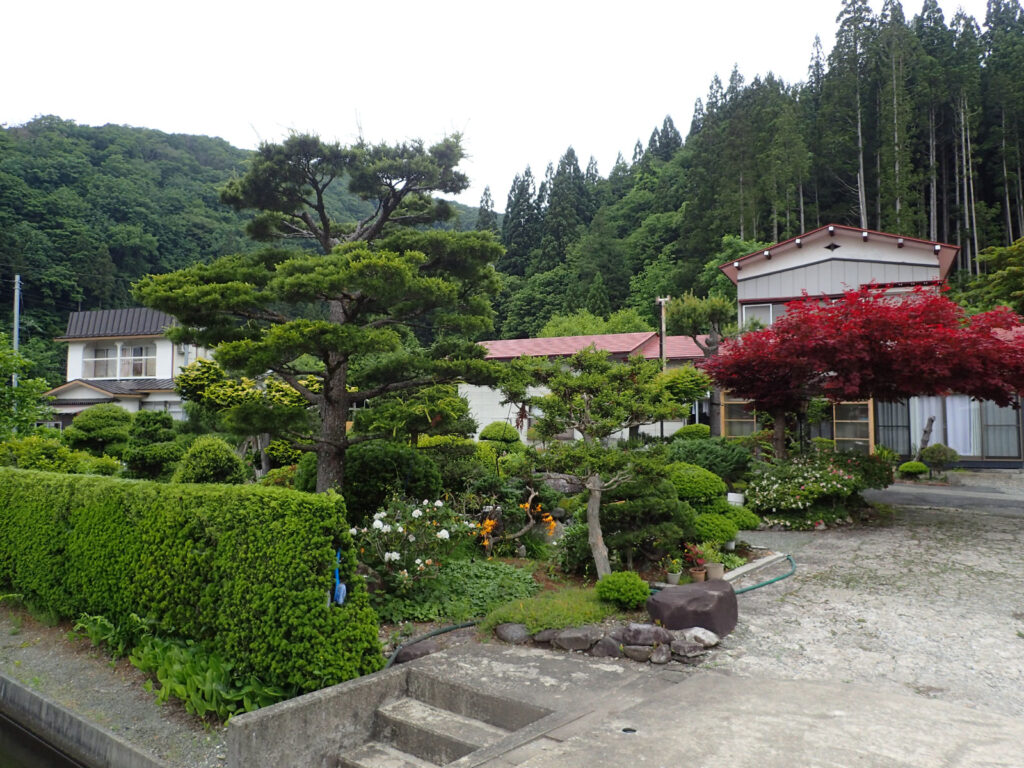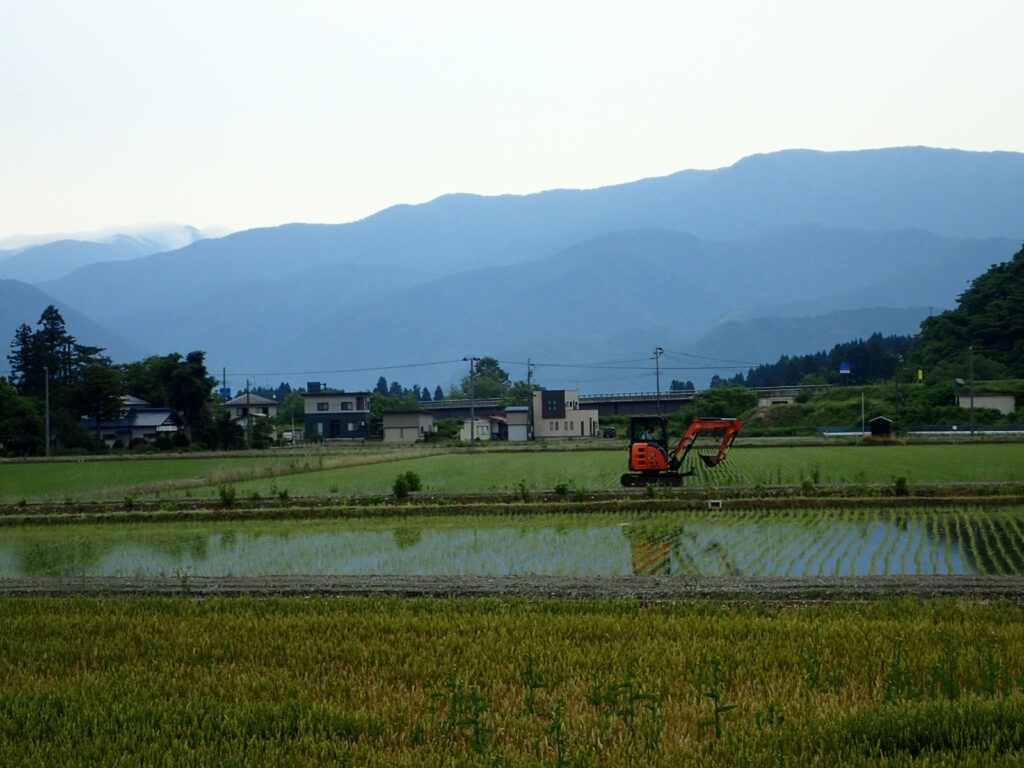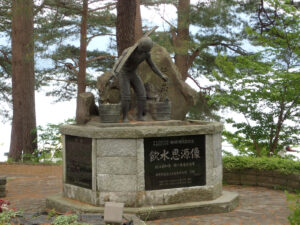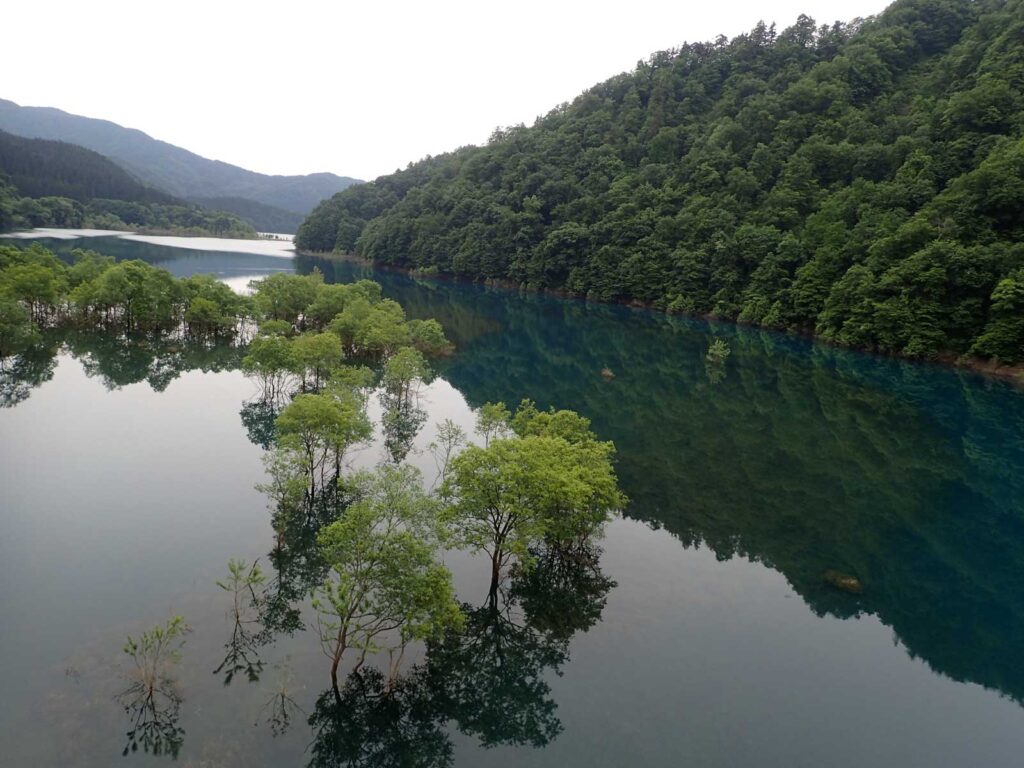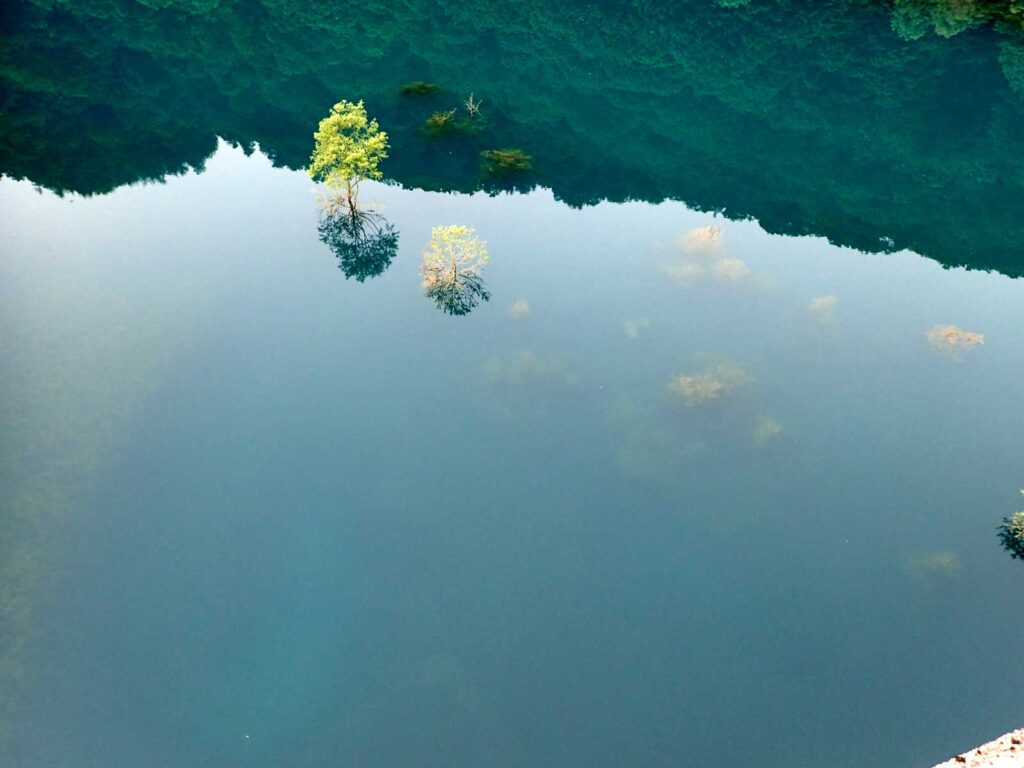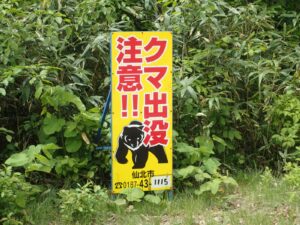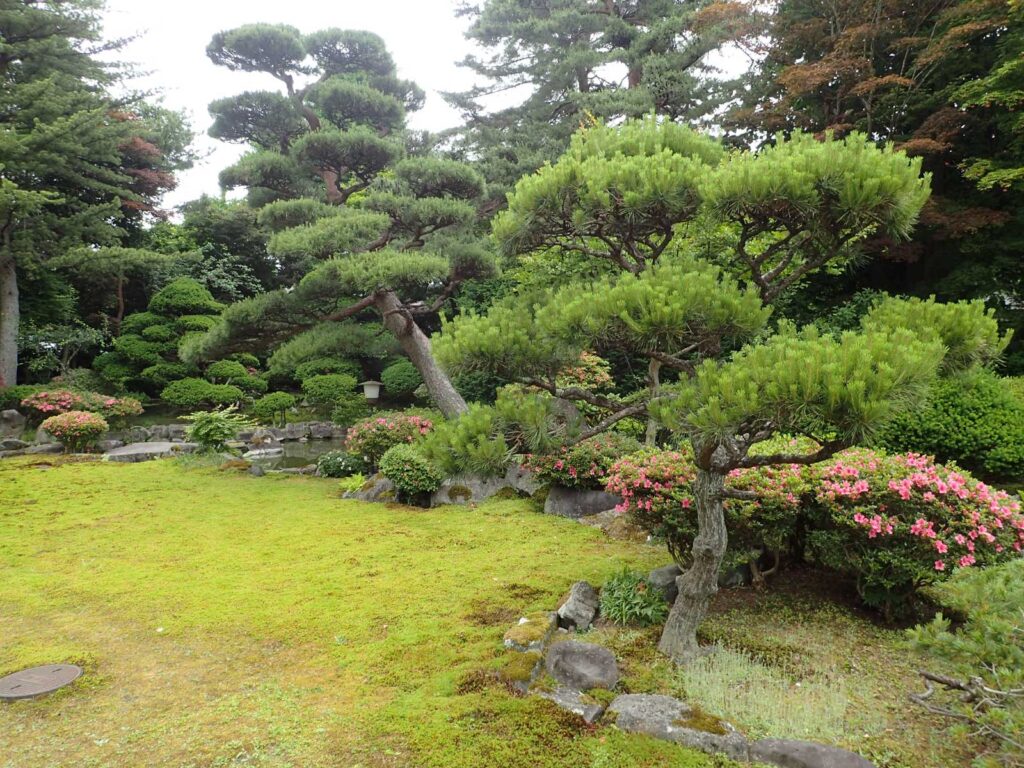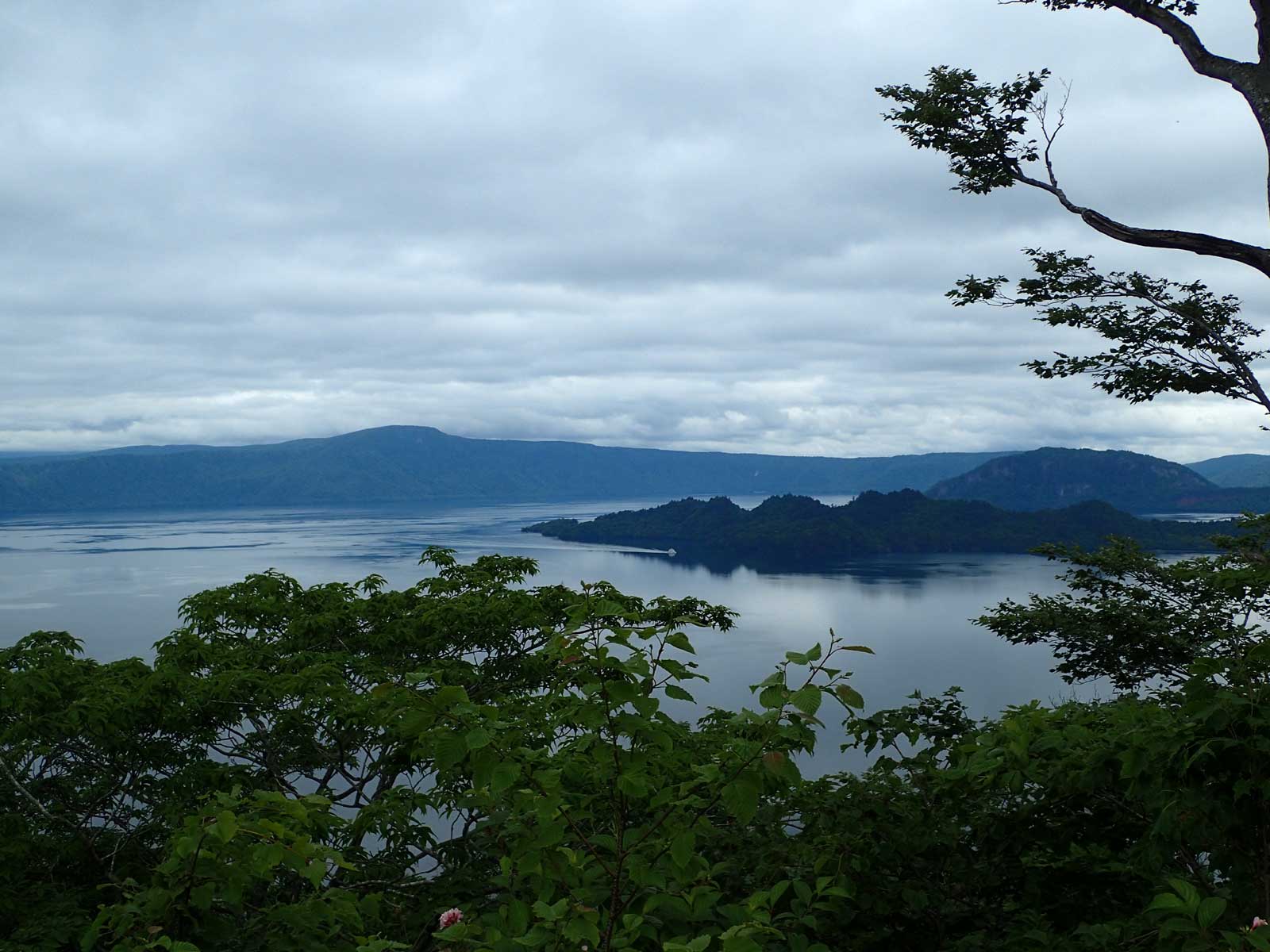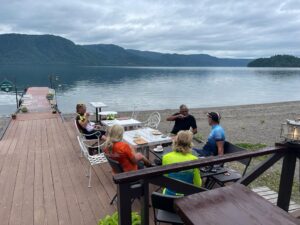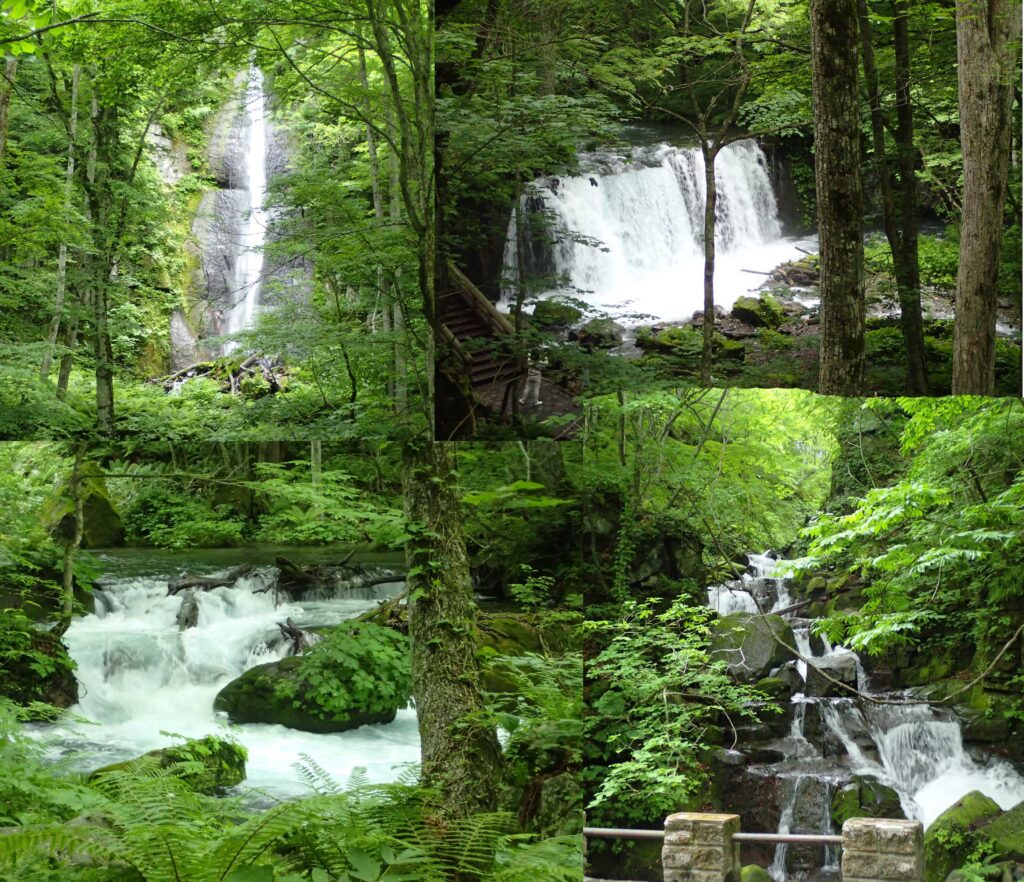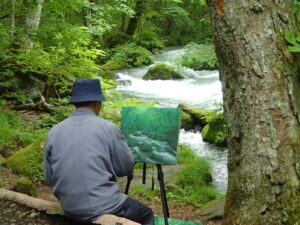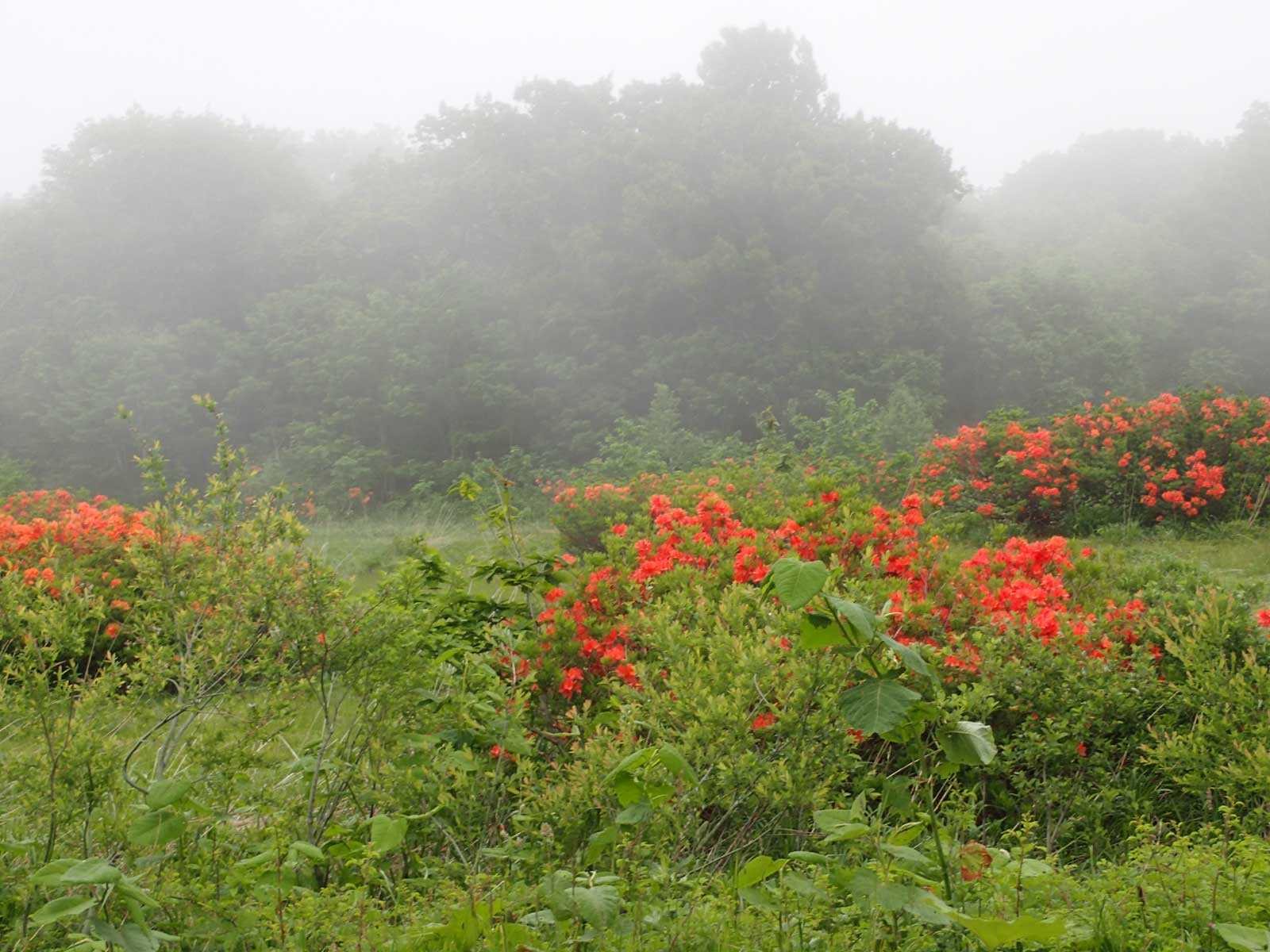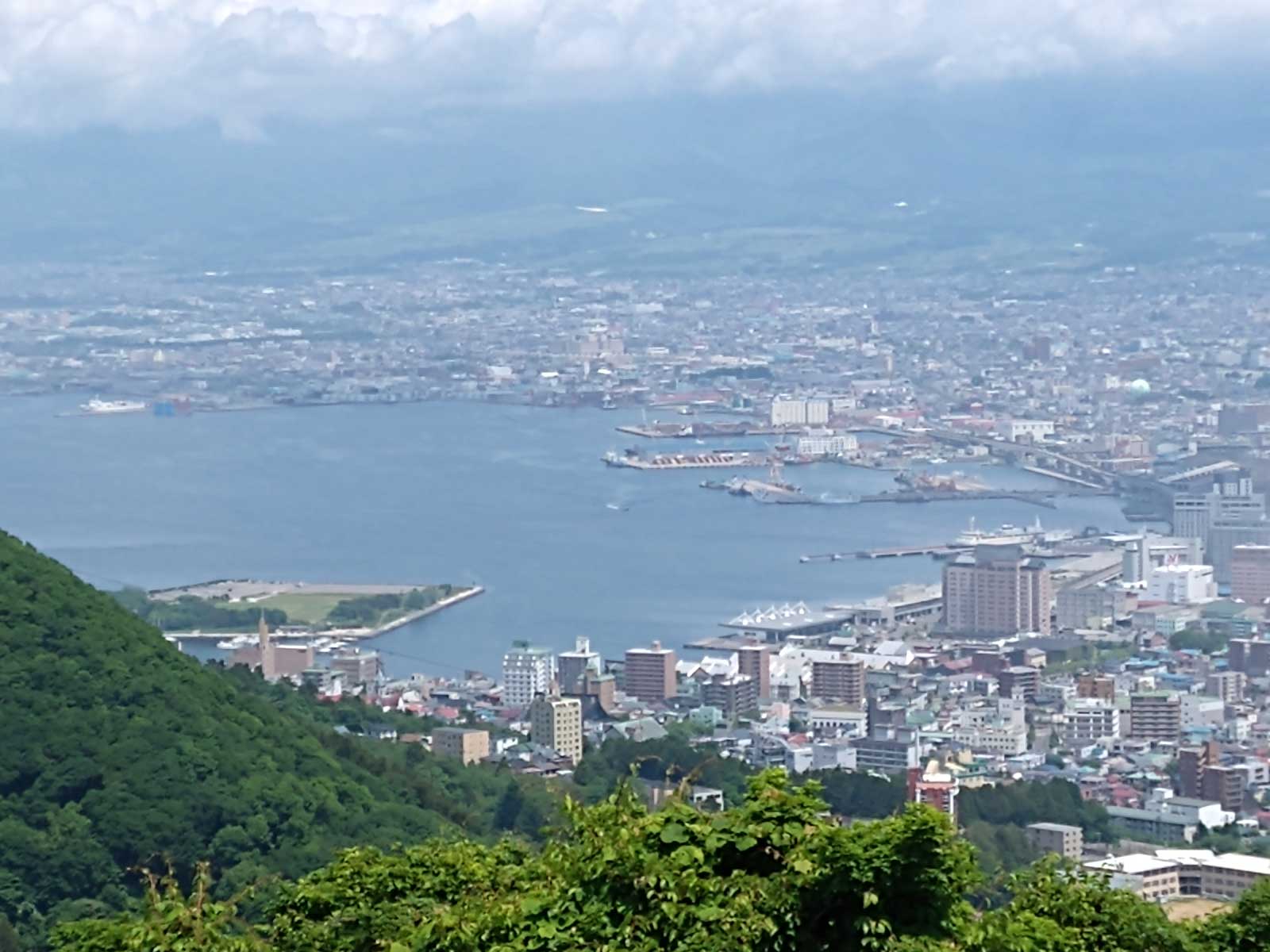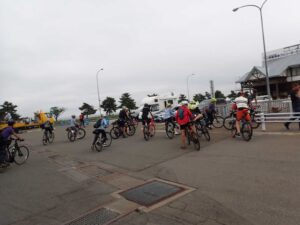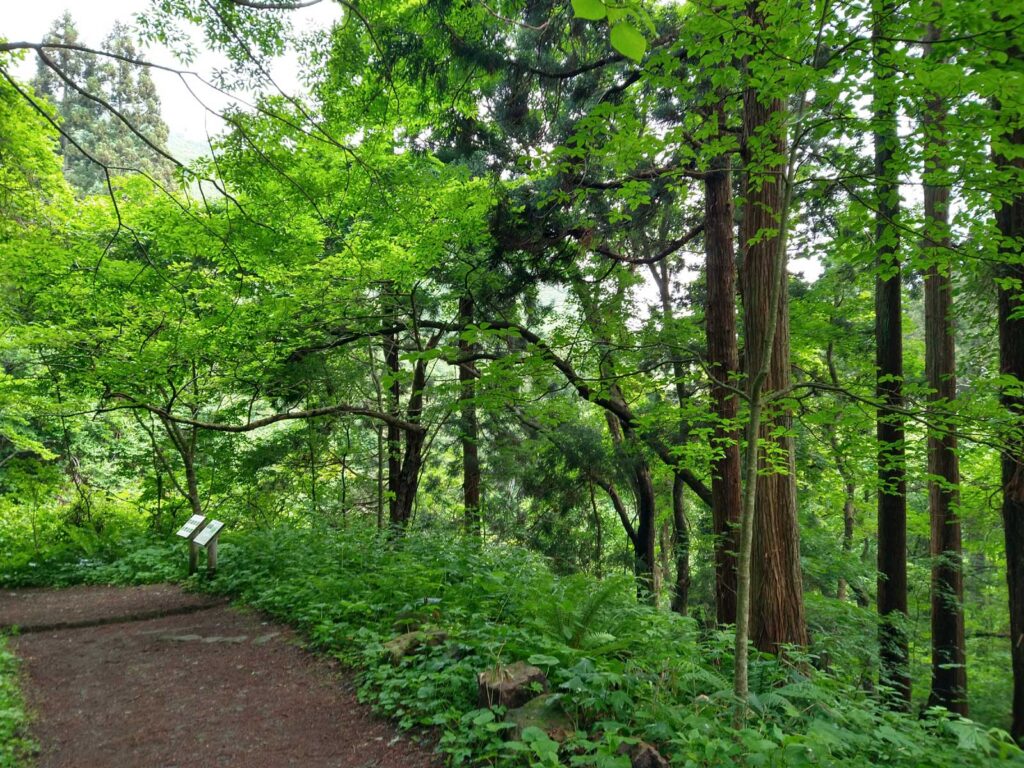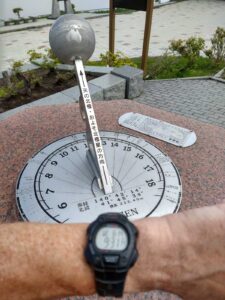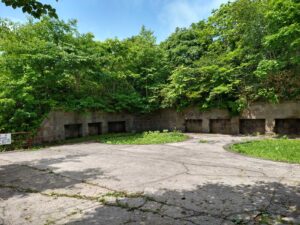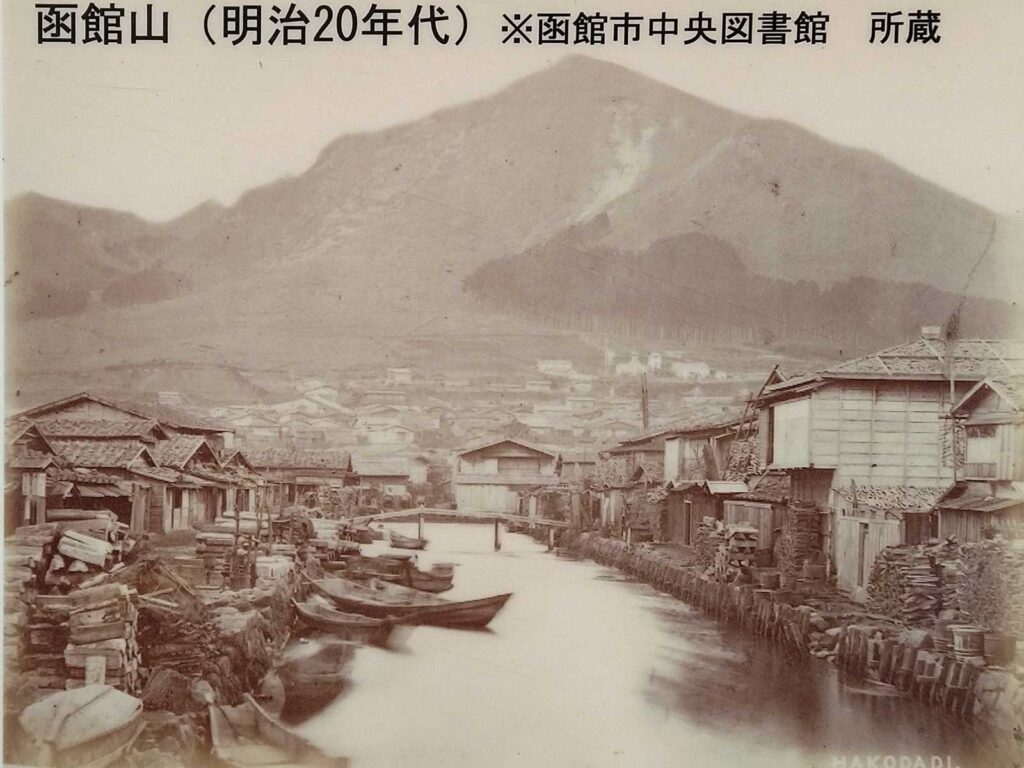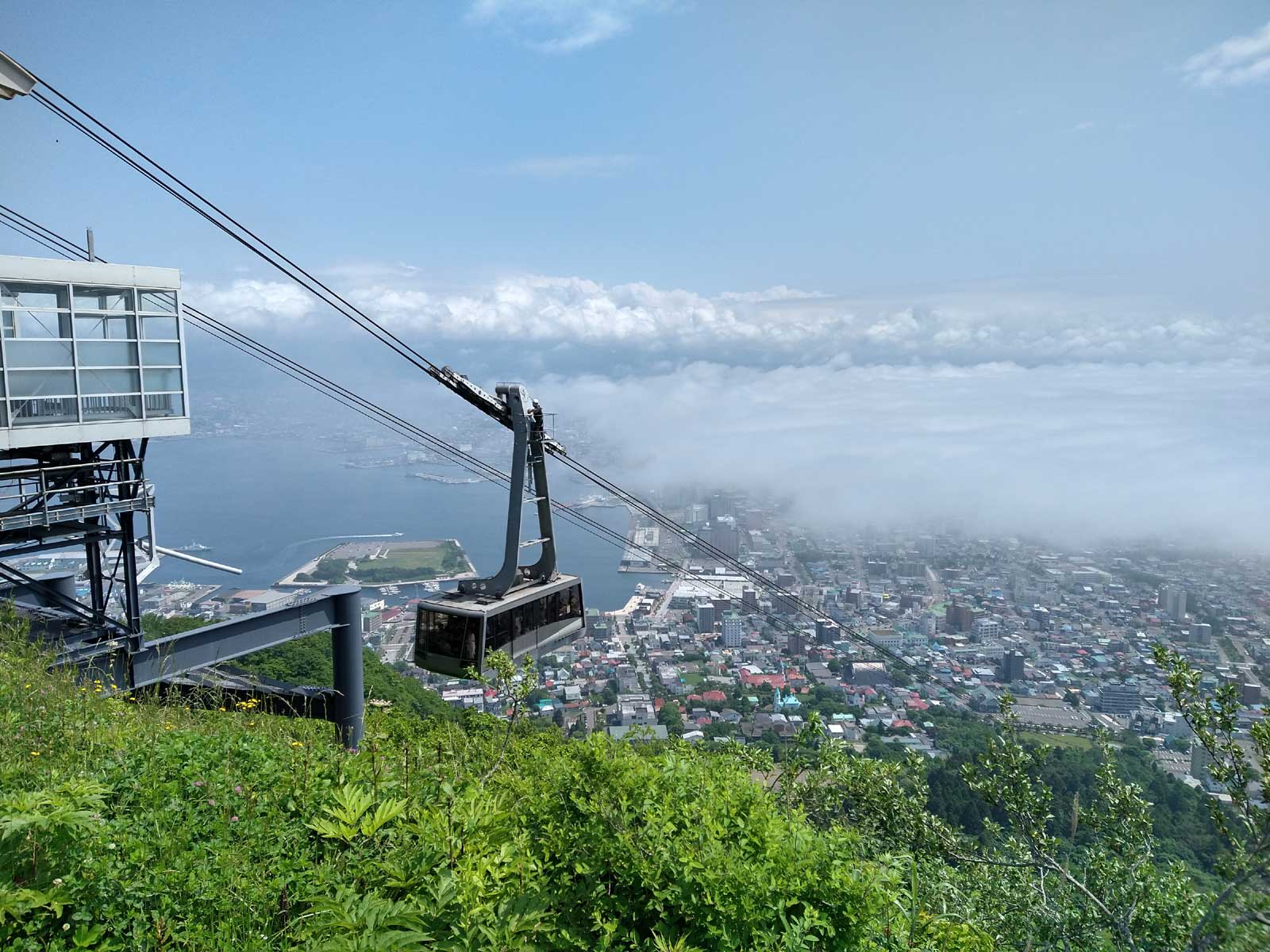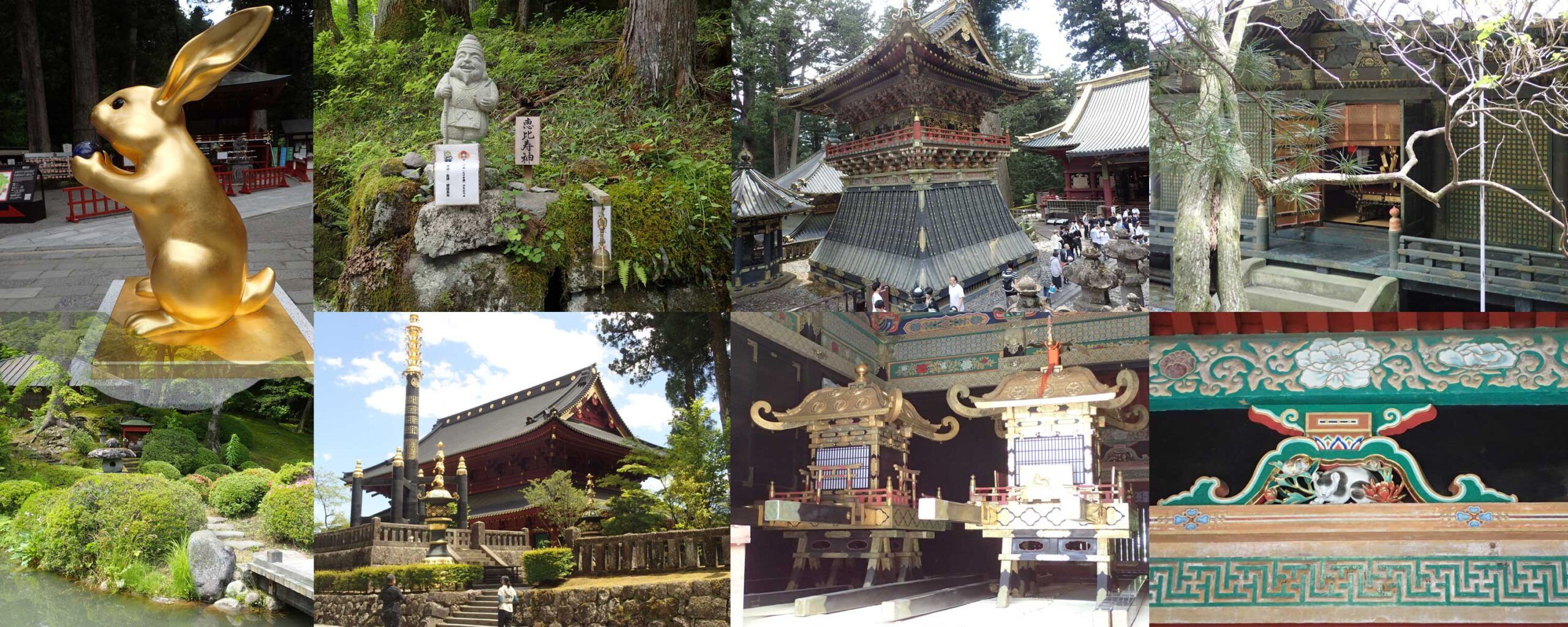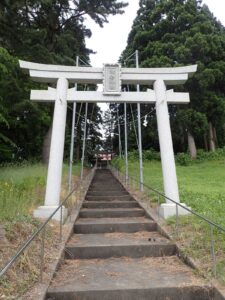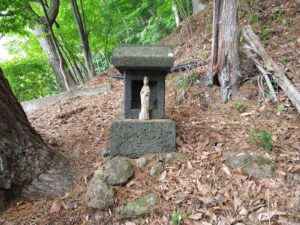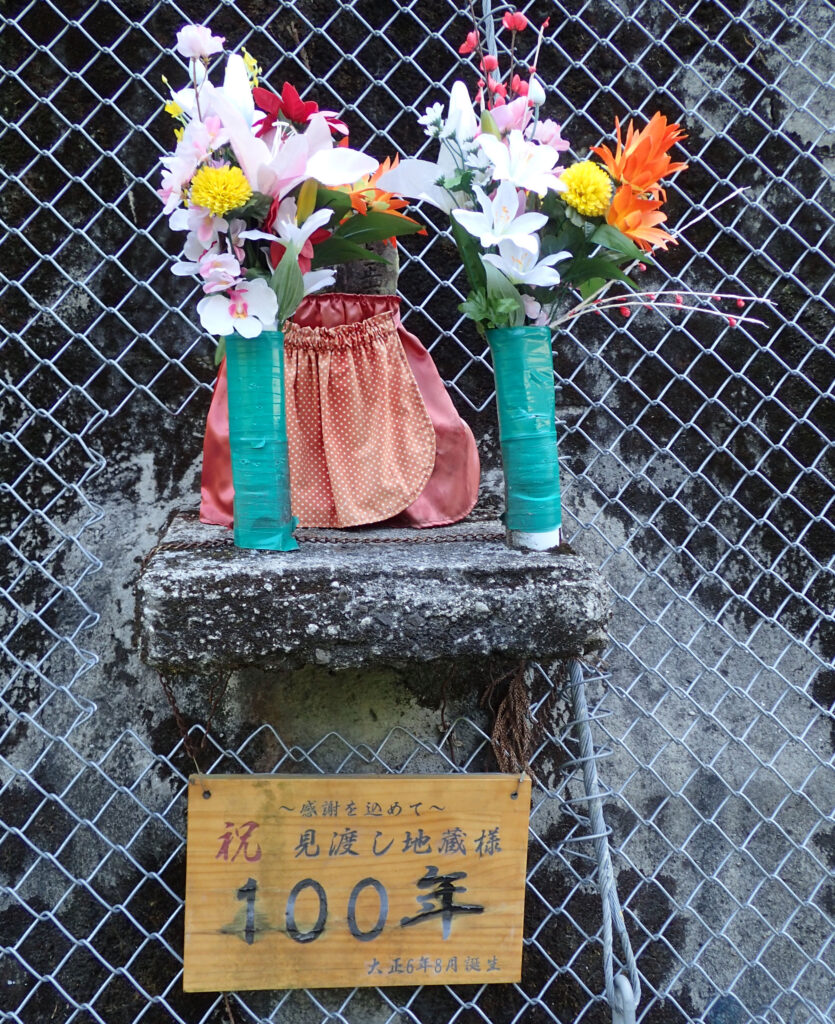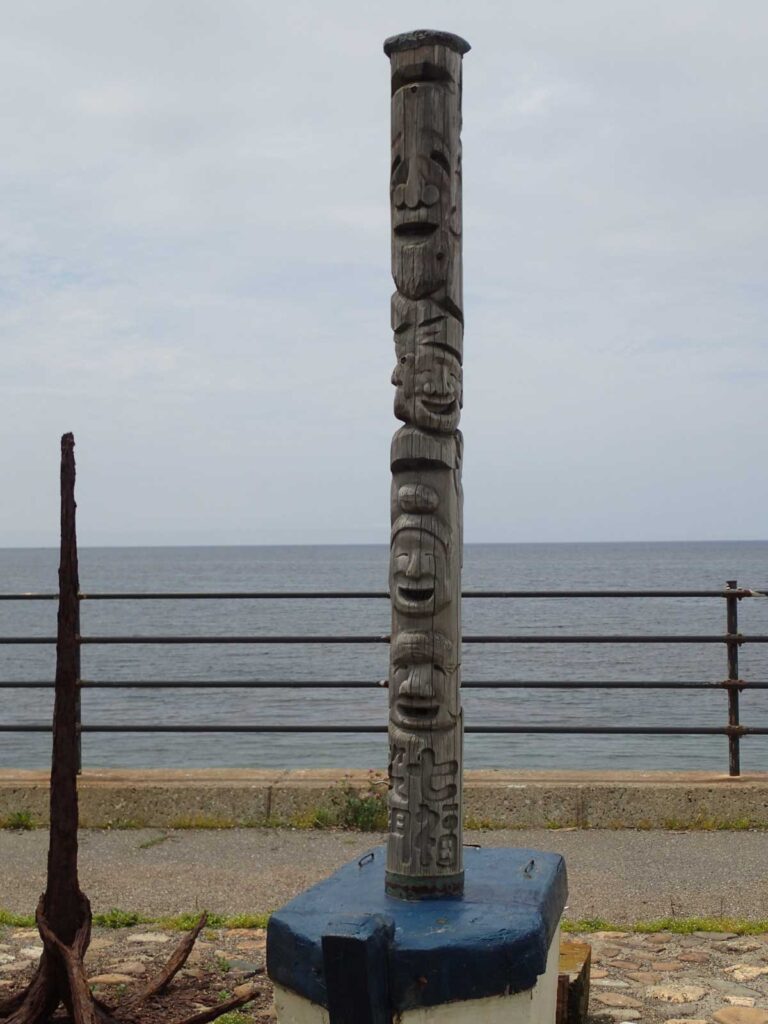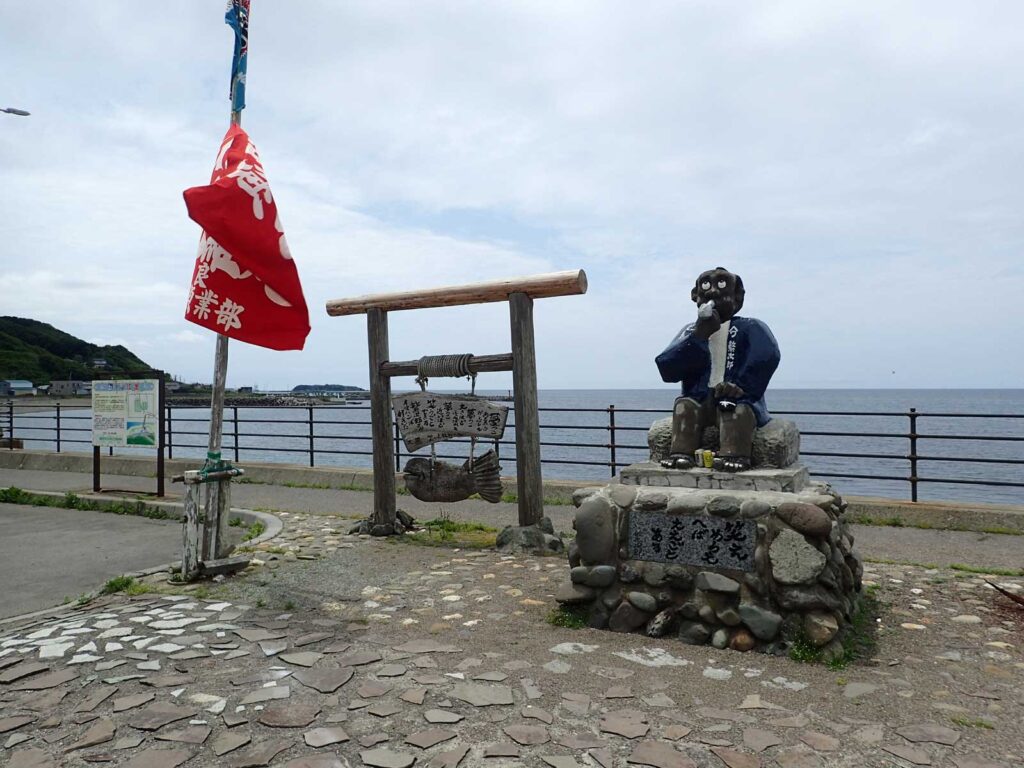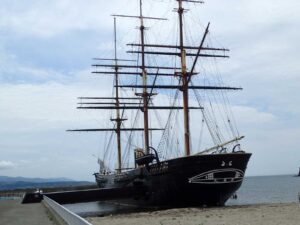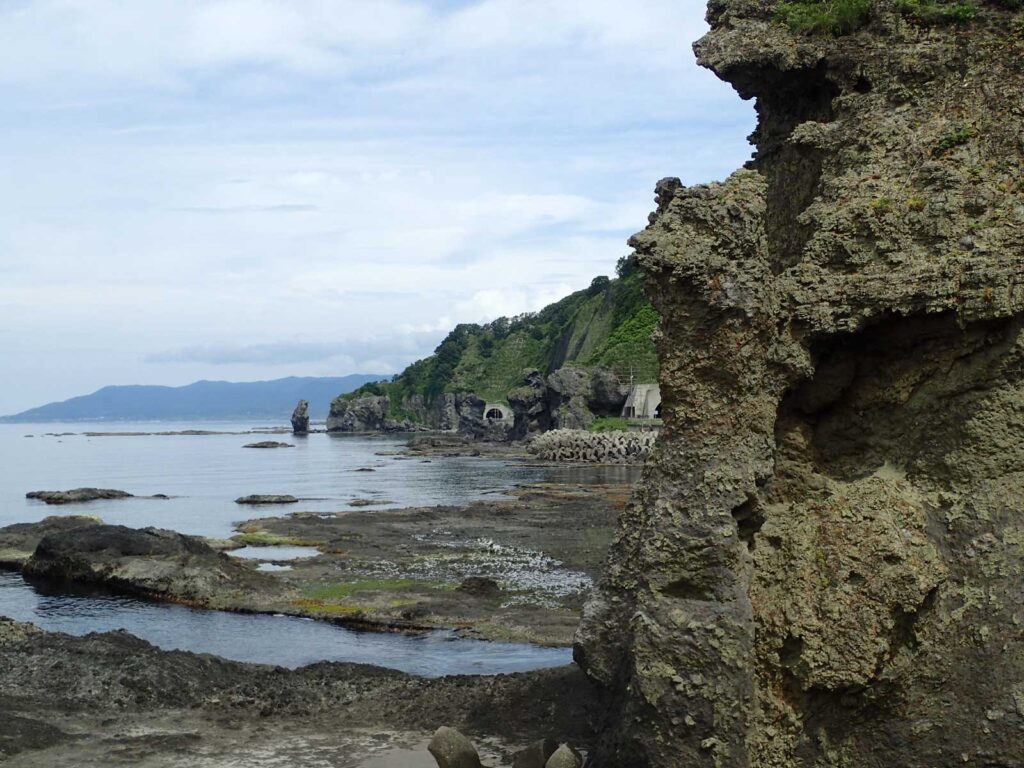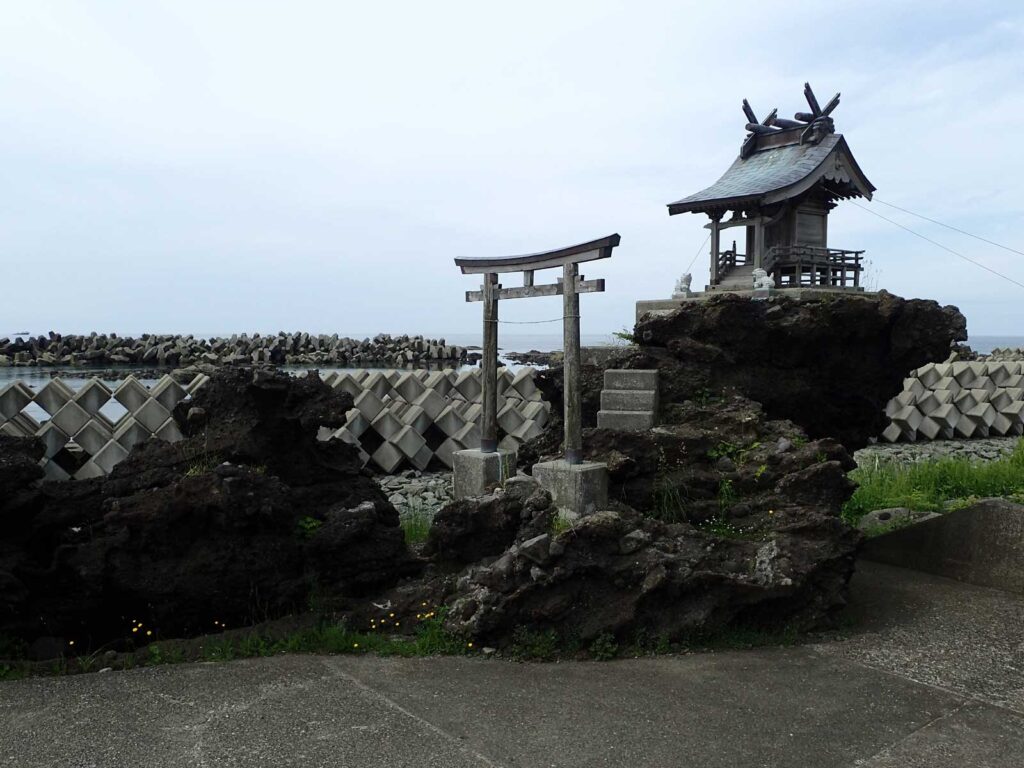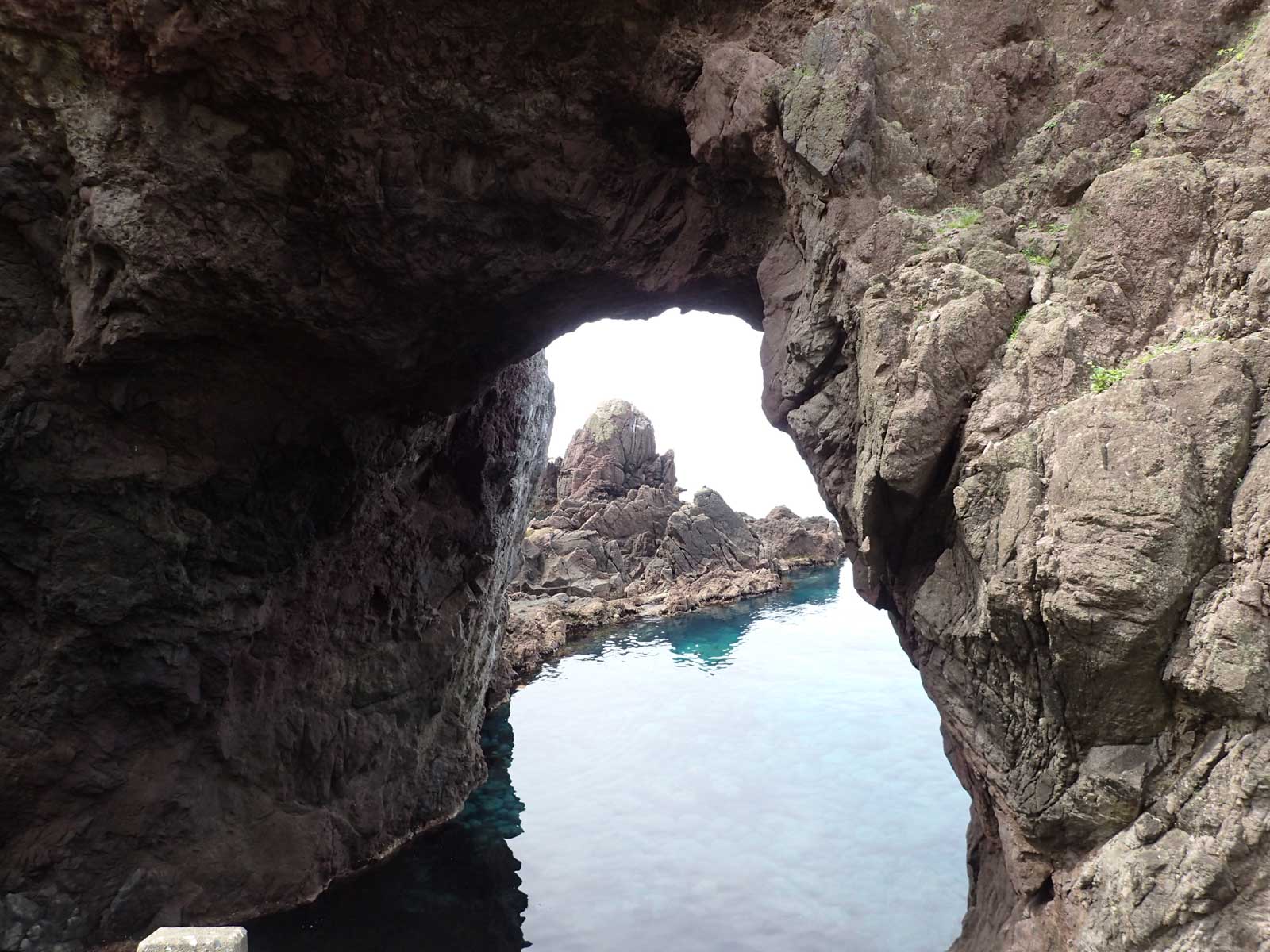Nasu to Aixawakamatsu
June 5, 2023
The folks who organize this tour call this segment, “Wild Japan.” We were told that we might now see monkeys, bears and other wildlife including the Japanese raccoon-dog. Having already seen monkeys in some other less populated parts of Japan, I was not sure what made this segment different and I still don’t. I did not see any monkeys but someone did see a mother bear and her cubs; however, I did see Japan’s raccoon-dog also known as the tanuki. This strange beast is what its name implies a creature that looks as though a raccoon and a dog got together in conjugal bliss and produced offspring. According to Japanese folklore, the tanuki have had a significant role since ancient times. The legendary tanuki are reputed to be mischievous and jolly, masters of disguise and shape shifting but somewhat gullible and absentminded. The animals have also been common in Japanese art, particularly as subjects for statues.
As for bears, Japan has two species, the Asian brown bear and the moon bear which is basically a black bear with a white crest on its breast. I did not see either one but one of our riders did see a mother and her cubs.
Our lunch was on the shore of Lake Inawashirowith a view of two active volcanoes. Across the lake is Mount Bandai, an active volcano that in 1888 killed over 5,000 people. Much like the Mount St. Helens incident in the United States, an exploding water vapor event blew out the side of the caldera creating a landslide wiping out everything in its path. If you look at the photo, I have indicated the area that blew out. If you look closely you can still see some signs of current activity.
Once out of the hills I was back into rice farming country where I was able to get a picture of a woman using a specialized tractor to plant rice sprouts. I also stopped into yet another shrine where I snapped a picture of a statue of a man speaking with a bird discussing the speed of the bird and the need of the man to move along a path that was pestered by snakes.
Even though we had a 100 kilometer ride with around 1,500 meters of climbing I arrived at our hotel an hour before our rooms were ready. It was a perfect moment to visit a nearby sake distiller. After two sake samplers we took a tour of the distillery and sampled their various products afterwards. In Ian Flemmings, You Only Live Twice, Tiger Tanaka tells James Bond, “First you drink the sake, then the sake drinks you.” I now understand that quote.


